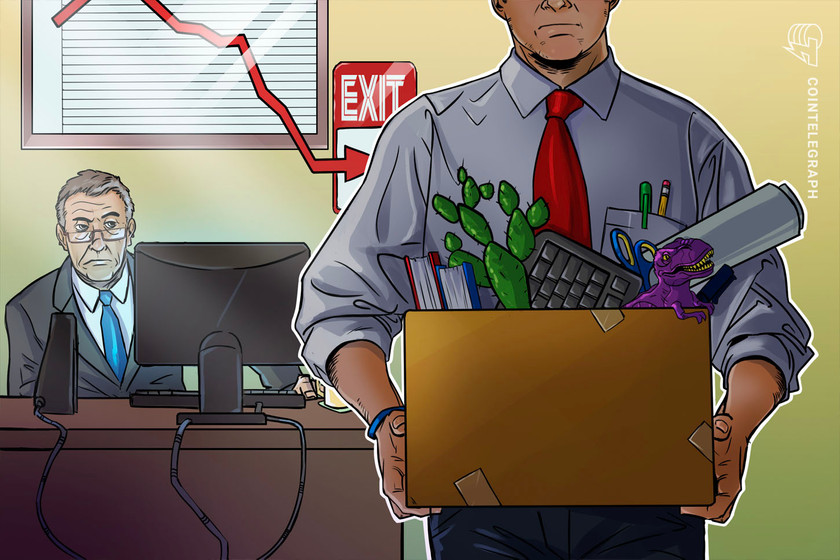Swyftx to chop its ‘Earn’ program this week, citing murky regulations


Australian crypto exchange Swyftx has decided to close its Earn program due to a lack of clarity around crypto products regulation.
Australian crypto exchange Swyftx is set to shutter its crypto-interest product this week, citing a “constantly changing regulatory landscape” for crypto products in the country.
From Jan. 10, the crypto exchange will cease to operate the “Earn” program, with users having their entire Earn balances returned to their trade wallets.
Swyftx said while the decision might be “disappointing” for users, it is “committed to doing what is best for the program in the near term.”
“While we believe in the value and potential of cryptocurrency, what we currently need is greater clarity on the regulation of crypto offerings such as Earn.”
The announcement was posted by Swyftx on Dec. 27 but went largely unnoticed at the time given the holidays.
The news comes just weeks after Australian regulators launched actions against fintech firm Block Earner as well as Finder.com’s crypto yield products for allegedly being offered without the required licensing.
Swyftx has not permanently closed the door on Earn though, with the exchange saying it would consider re-opening the program once the rules are more straightforward.
In a statement to Cointelegraph, Swyftx said it was closing its Earn offering due to “uncertainty of the current regulatory context.”
“We hope to reopen it once we have settled rules in place in Australia around interest-yielding crypto offerings. In the meantime, our priority is to continue to positively engage with regulators and the government to protect existing and future Aussie crypto users,” it added.
First launched in May, Swyftx’s Earn program allowed users to earn daily interest on certain crypto tokens by loaning them to Swyftx.
Related: Superhero cans merger with Swyftx, citing regulatory scrutiny
The Australian Securities & Investments Commission has been actively eyeing down Australian crypto product providers in recent months.
In addition to the actions against Block Earner and Finder.com in November and December, it also took action against the creators of the Qoin token in October last year for “misleading” representations of its token.
The Australian federal government has also stepped up efforts to regulate the crypto sector.
In December, the Australian Labor Government announced it would release a consultation paper in early 2023 as part of its token mapping initiative.
Australian Treasurer Jim Chalmers said the consultation paper would cover how certain crypto assets should be regulated alongside frameworks for company licensing, asset custody and consumer protections.
Update Dec. 9, 6:22am UTC: Added a statement from Swyftx.
















